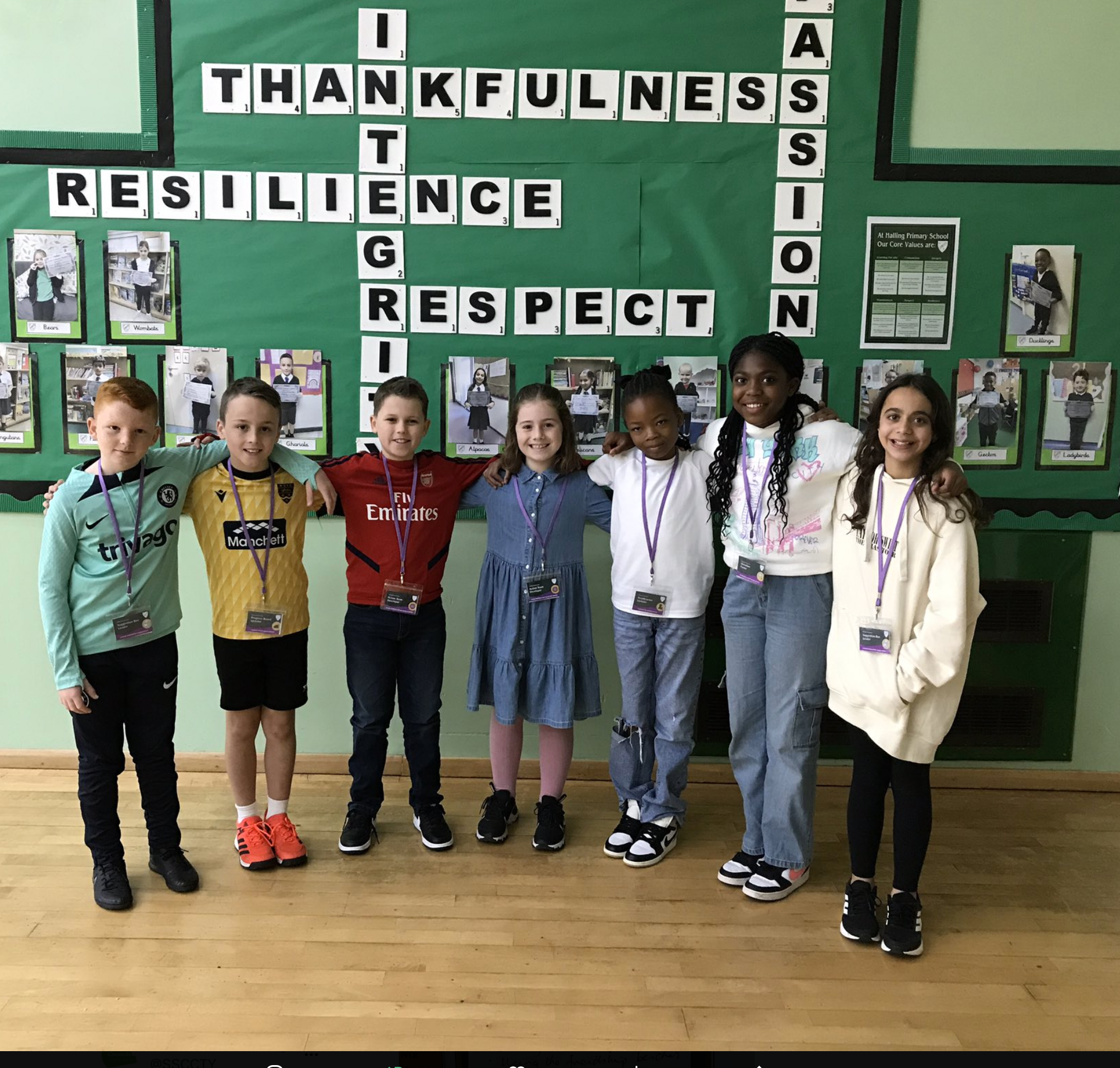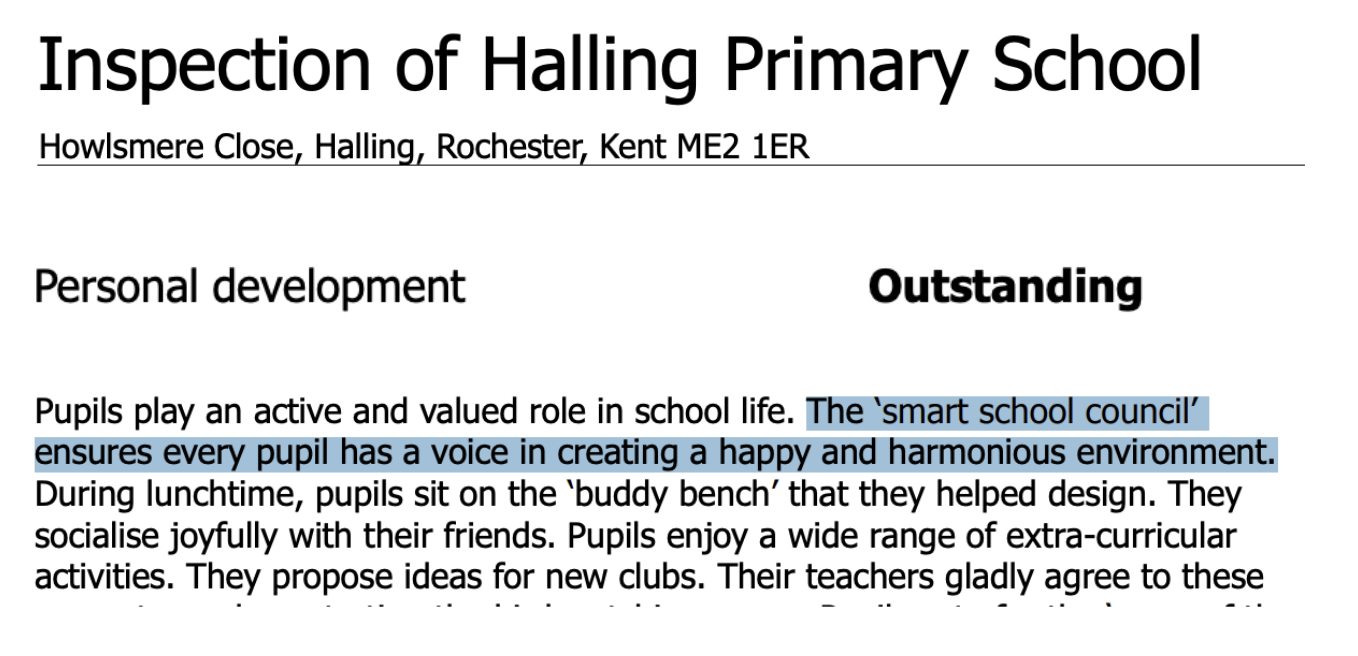How this primary built a school council that dropped tokenism and built structure
Teacher: Lisa Taylor, Headteacher
School: Halling Primary School
Smart School Council user since: 2019
Location: Kent, UK
The traditional model didn’t fit anymore
Like many primary schools, Halling Primary had been using a traditional school council model - one where a small group of elected pupils would meet occasionally, raise ideas, and report back. But for Headteacher Lisa Taylor, something didn’t sit right.
“It was always the same confident children putting themselves forward. Most pupils never had a say, and it wasn’t creating the kind of culture we wanted.”
Lisa wanted to make pupil voice part of the everyday experience - not something reserved for a few. That meant finding a way for every child, from Reception through to Year 6, to contribute, lead, and influence real change in school life.
How Lisa built a better school council
Lisa introduced Smart School Councils as a way to democratise and modernise pupil voice. Instead of relying on one small group, the entire school now takes part in regular Class Meetings - short, pupil-run discussions on key questions that matter to the school community.
“Class Meetings were the lightbulb moment. Suddenly, we weren’t relying on minutes being fed back - everyone was contributing.”
To make it work, they introduced a few key roles:
A Communications Team made up of older pupils who gather results, summarise opinions, and feed ideas to staff
Action Teams that any pupil can join, focused on solving problems or launching projects
Support from staff to help pupils lead their own meetings and reflect on outcomes
The shift was immediate. Pupils started bringing ideas, challenging decisions, and collaborating in new ways. Instead of simply talking about school lunches, for instance, an Action Team designed and trialled a new menu format.
“It’s not just that more voices are heard - it’s that they’re doing something with their voice”
The results
Since switching to the new model, Lisa’s seen big changes:
Pupil confidence has grown noticeably across all year groups
Teachers feel supported - not burdened - because pupils lead the process
Classrooms feel more inclusive
“It’s genuinely changed how our school feels. There’s more energy, more ideas, and more responsibility shared across the whole community.”
And crucially, it’s sustainable:
“Because the pupils run the meetings, it doesn’t add extra workload. It frees staff up—and the children love the trust we place in them.”
The impact of this work has even been recognised in their latest Ofsted report, which praised Halling’s pupil voice culture:
“Pupils play an active and valued role in school life. The ‘Smart School Council’ ensures every pupil has a voice in creating a happy and harmonious environment.”
Personal Development? Outstanding
In fact, Halling’s work on inclusion, pupil leadership, and engagement contributed to Ofsted grading their personal development provision as outstanding.
Top Tips
🔹 Start small - One regular Class Meeting question is enough to begin with
🔹 Trust the pupils - Even younger children can lead and contribute if you let them
🔹 Celebrate impact - Share what’s changed as a result of pupil voice to build momentum
🔹 Avoid only using the loudest voices - Create clear roles and rotations to involve everyone
👉🏽 Used by 600+ schools




